Last Updated on September 26, 2023 by Amanda P. Brown
The Bengali breakfast menu is an enthusiastic, diverse, and flavorful menu. This cuisine is known for its rich culinary heritage. You will meet a delightful array of dishes with different tastes.
From savory and spicy options like Koraishutir Kochuri and Mughlai Porota to comforting classics like Alur Dom and Luchi, Bengali breakfasts are a true gastronomic experience. After these savory dishes, some dessert dishes like Payesh and Suji halwa are also there to complete the menu.
In this article, you will get a versatile menu of 17 different tastes and breakfast ideas to start your day satisfyingly.
17 Bengali Breakfast Menu
Table of Contents
The below 17 breakfast ideas for the Bengali cuisine menu will explore your taste incredibly. Some remind you of traditional tastes, and some are festival special.
- Chirer polao
- Cholar dal with Luchi
- Koraishutir kochuri
- Mughlai Porota
- Luchi and Alur dom
- Radhballabhi
- Ghugni
- Beguni with Luchi
- Dim pauruti toast-Chaa
- Muri Ghonto
- Sabzi-roti
- Panta Bhaat
- Singara
- Porota
- Payesh-puri
- Suji halwa
- Patishapta
1. Chirer Polao
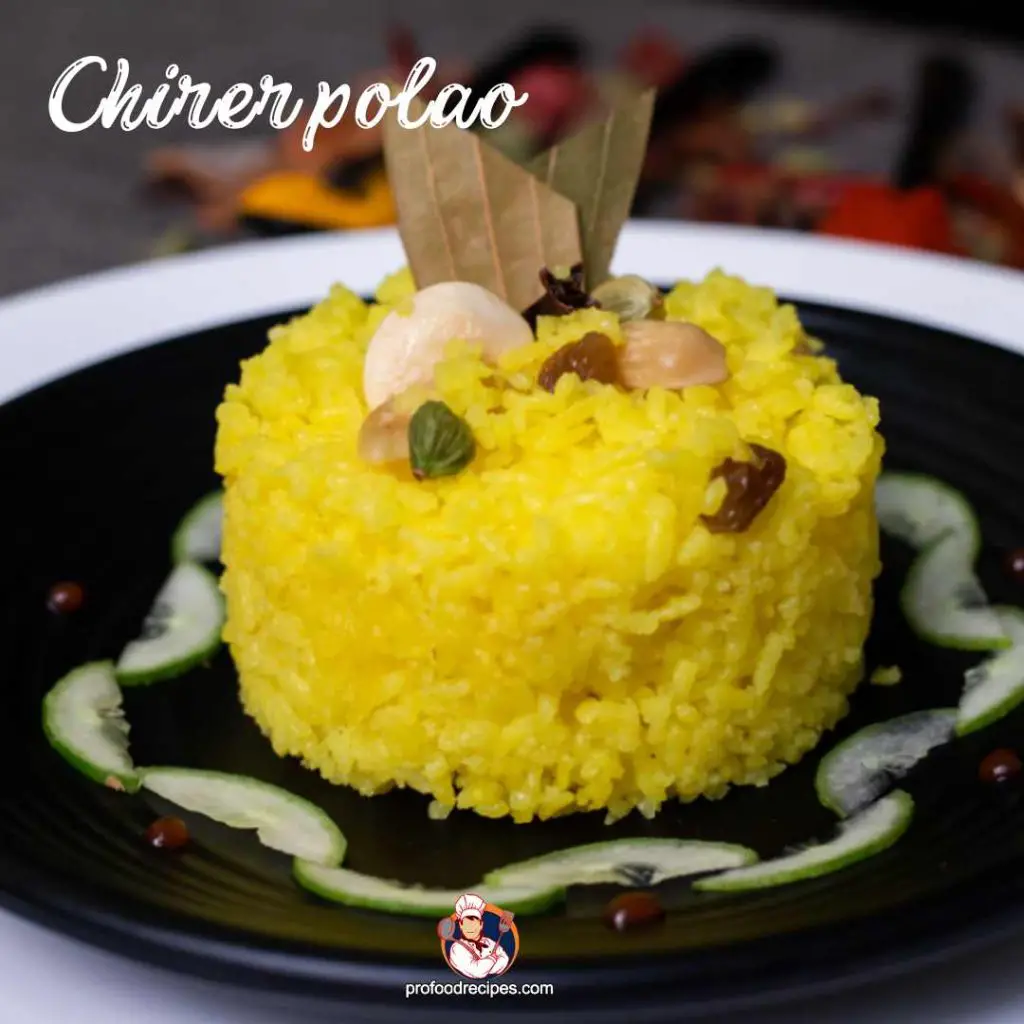
Chirer polao is a traditional delicacy in Bengali cuisine. Flattened rice (poha) cooked with various aromatic spices and vegetables make this a flavorful and satisfying dish. Adding nuts enhances its taste. You can pick this great option for breakfast or as a light meal.
Additionally, you can include it as a component of a healthy diet. And get a brilliant source of fiber, carbohydrates, and vitamins from the veggies. Thus it will aid your energy levels, digestion, and overall system.
Nutrition Fact
1 Cup Chirer polao = 230-250 calories (approximately).
2. Cholar Dal with Luchi

Luchi is a puffy deep-fried bread of all-purpose flour. 1 bowl of flavorful, tangy cholar dal with it is a classic combination at the Bengali breakfast table. The pair creates a harmonious balance of textures and flavors. Bengali adore this on different special occasions and festivals.
However, It’s a great source of energy that comes from Luchi’s carbohydrates. Protein and dietary fiber of cholar dal also contribute to your whole-day nutrition intake.
Nutrition Fact 1 Luchi = 89 calories 1 cup of Cholar dal = 256 calories.
3. Koraishutir Kochuri
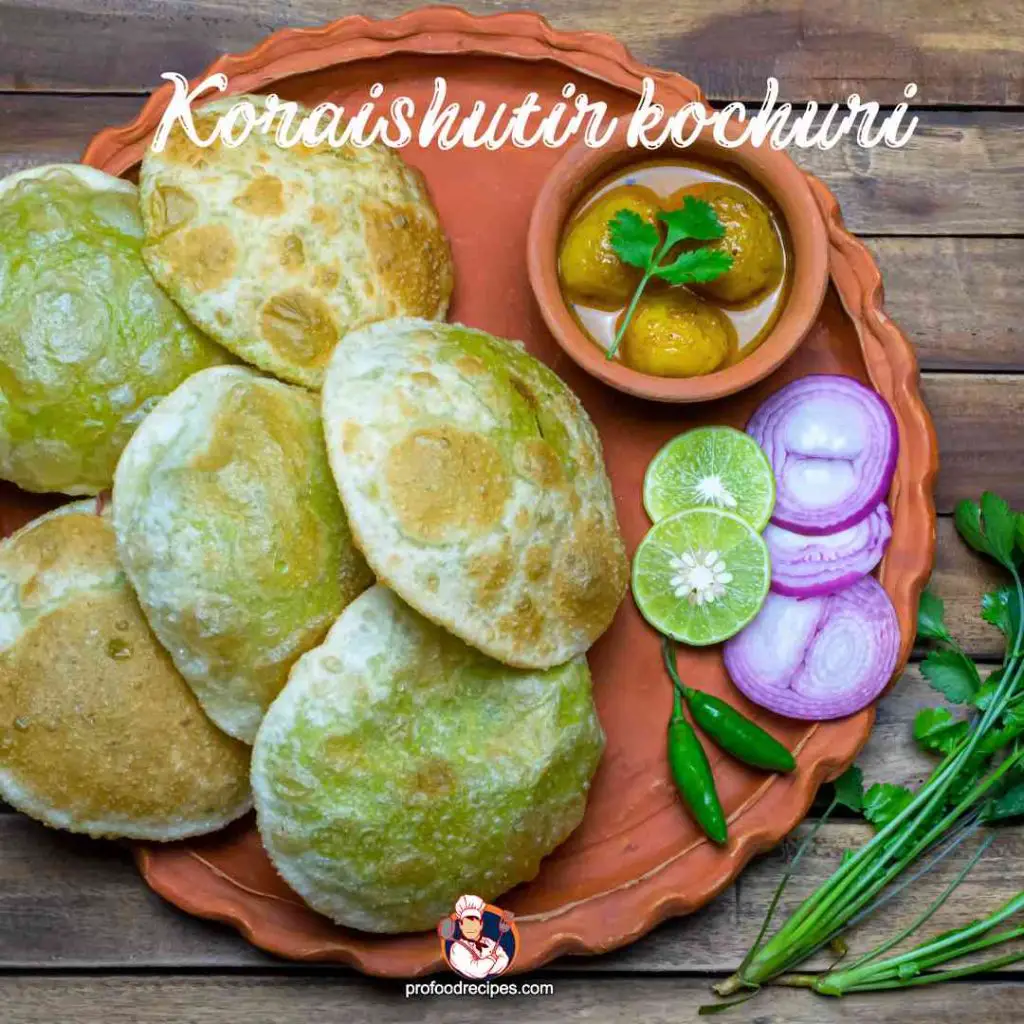
Koraishutir Kochuri is one of Bengali cuisine’s most popular winter breakfasts. This traditional dish is highly demandable at many festivals like Durga Pooja and Holi.
It consists of fresh green peas and a mixture of green chilies, ginger, cumin, and spices. The combination of the spiced peas offers the Kochuri a distinctive taste. Then all the stuff goes in the small dough and is prepared like flaky-deep fried poori. Serving with aloo curry will be more enjoyable.
Moreover, its crispy, savory taste offers incredible health benefits like lowering cholesterol levels. Moreover, it fulfills the vitamin and minerals demand.
Nutrition Fact 1 fresh Koraishutir Kochuri = 50 to 200 calories (Depending on the ingredient amount.)
4. Mughlai Porota
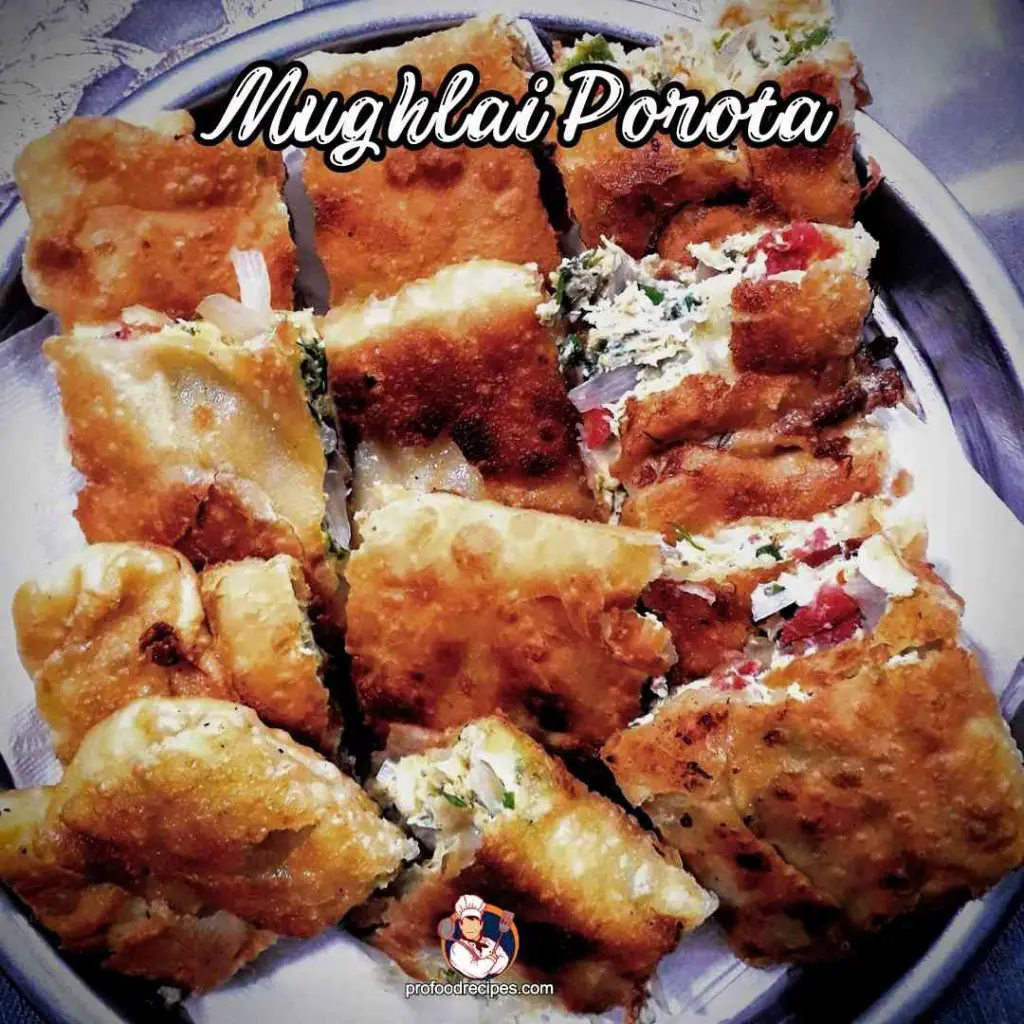
Mughlai Porota is one of the brilliant options Bengali usually take at their Sunday breakfast. It’s shaped like a flour-made rectangular envelope. The envelope embraces a savory-meaty stuff of chicken/mutton and egg.
You can include other elements, like cardamom, cinnamon, and other spices to enhance richness and aroma. To add a creamy sweet taste, khoya/Mawa or dry fruits can be good adders.
Moreover, this breakfast can contribute to your daily nutrition intake and fulfill the fat, protein, and calorie demand.
Nutrition Fact 1 Mughlai Porota = 115 calories.
5. Luchi and Alur dom

A fluffy deep-fried with a hollow center poori made of flour and usually served with spicy potato curry reminds the traditional Bengali dish Luchi and alur dom.
The lightness of Luchi and the spicy-heaviness of flavor potatoes amaze you at your breakfast. Moreover, it is a great source of carbohydrates, dietary fibers, and vitamins.
However, you can serve this combo dish with salad or yogurt to balance the spiciness and richness of alur dom.
Nutritional Fact 1 Luchi = 89 calories (on average) 1 serving of alur dom (2 alu) = 212 calories.
6. Radhballabhi
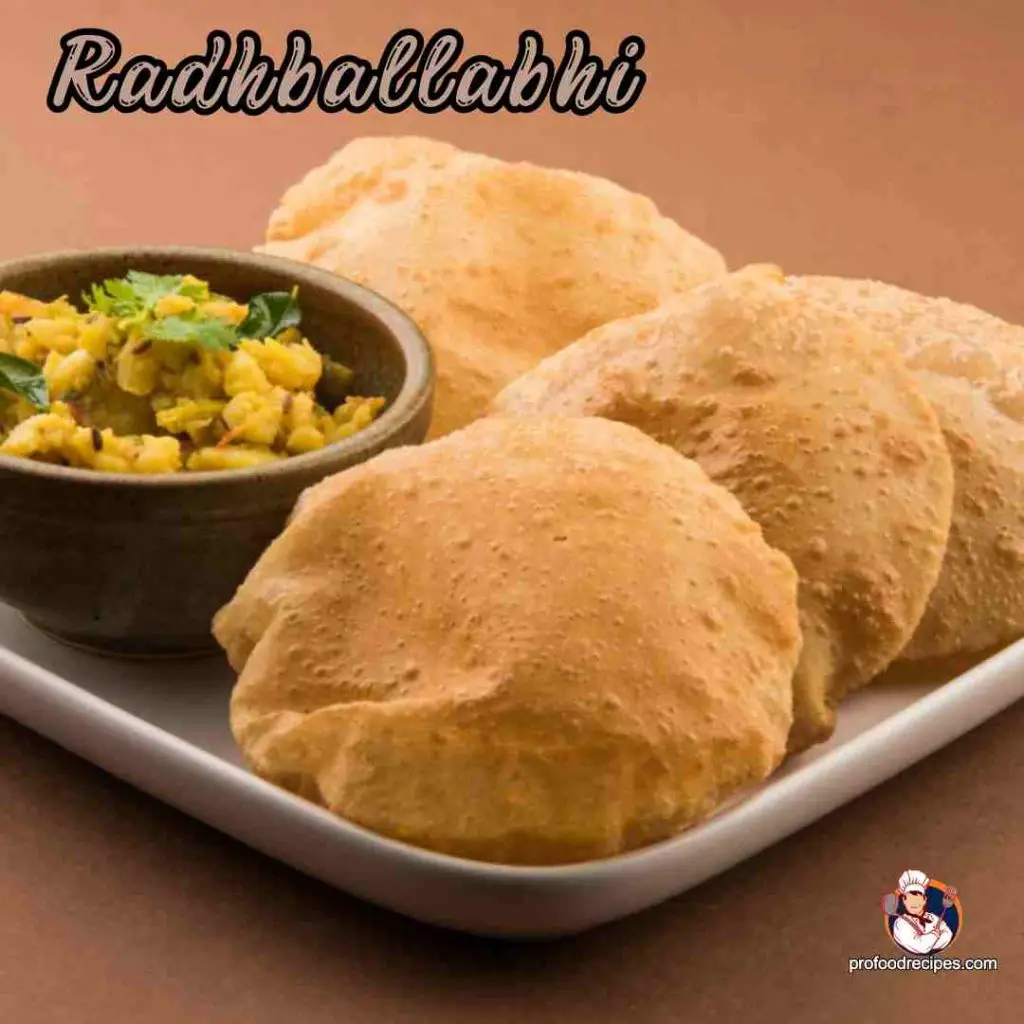
One of the great versions of Bengali kachoris is Radhballabhi. This queen kachori embraces a savory lentil stuffed with different spices. Typically, Bengali uses moong dal for this recipe; for spices, it goes with cumin, turmeric, chilies, and ginger. You can pair this round-kachoris with aloo tarkary, salad, pickles, or raita.
At your breakfast, having this dish, you can gain the lentil’s protein and fiber and the drought’s carbohydrates.
Nutrition Fact 1 Radhballabhi = 150-200 calories (approximately).
7. Ghugni
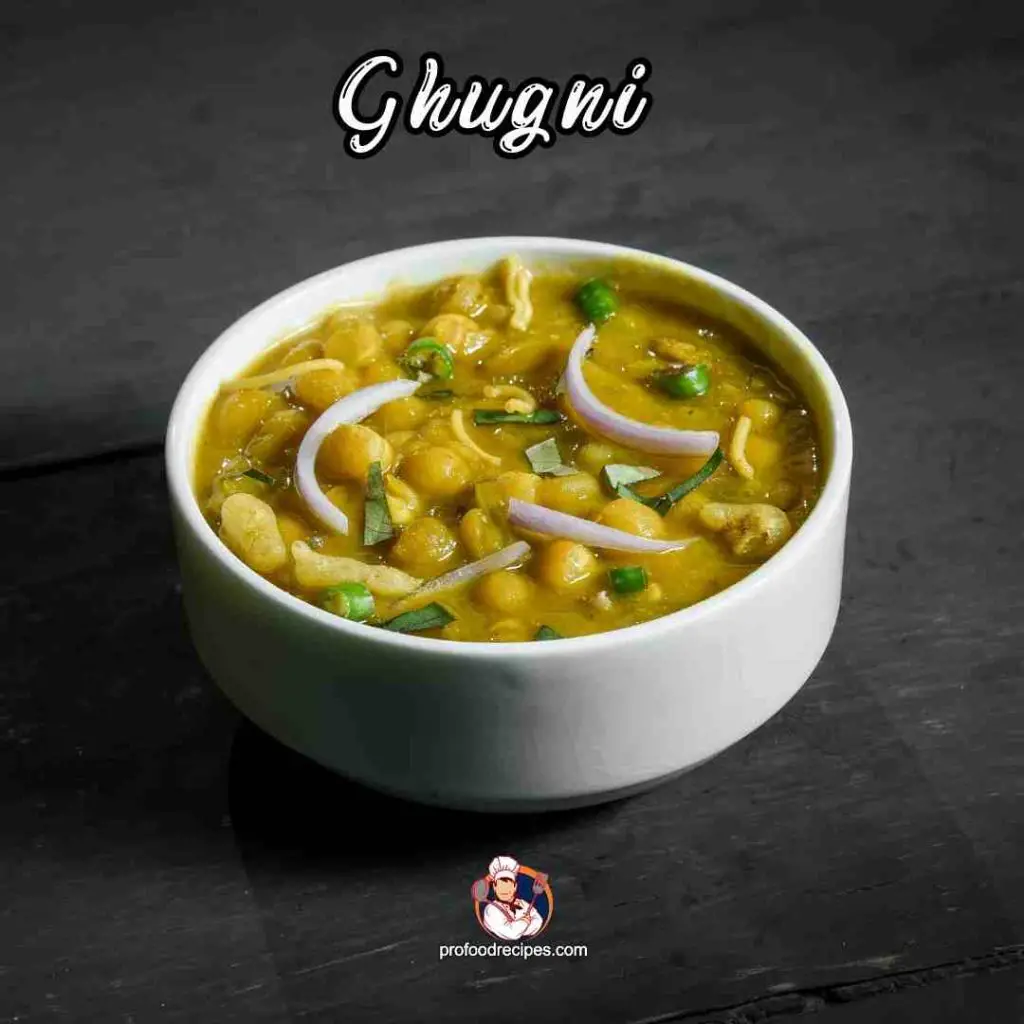
Ghugni is a common Bengali snack item. Bengali takes this dish with another side like Luchi, rice, roti/chapatti, and bread/bun. Usually, it is made of white or yellow dried chickpeas with flavorful spiced gravy. Add extra garnishes like green chilies, coriander leaves, onions, and a splash of lemon juice to enhance the flavor.
Nutrition Fact 1 cup of Ghugni = 237 calories (average) (Depending on the used ingredient, this calculation can vary).
8. Beguni with Luchi

Beguni with Luchi is one of the typical breakfasts in Bengali. The eggplant slices coated in a chickpea flour batter, and fried in deep oil, are Beguni. And with the fluffy pillow-textured Luchi, they create a flavorful and indulgent breakfast option.
Beguni provides the nutritional benefits of eggplant, such as low calorie, rich in fiber, antioxidants, vitamins, and minerals. And Luchi offers carbohydrates. However, you can add more sides for pairing, like salad or yogurt, to get freshness and balance.
Nutrition Fact 1 Luchi = 89 calories 1.5 gm Beguni = 43 calories.
9. Dim Pauruti Toast Chaa
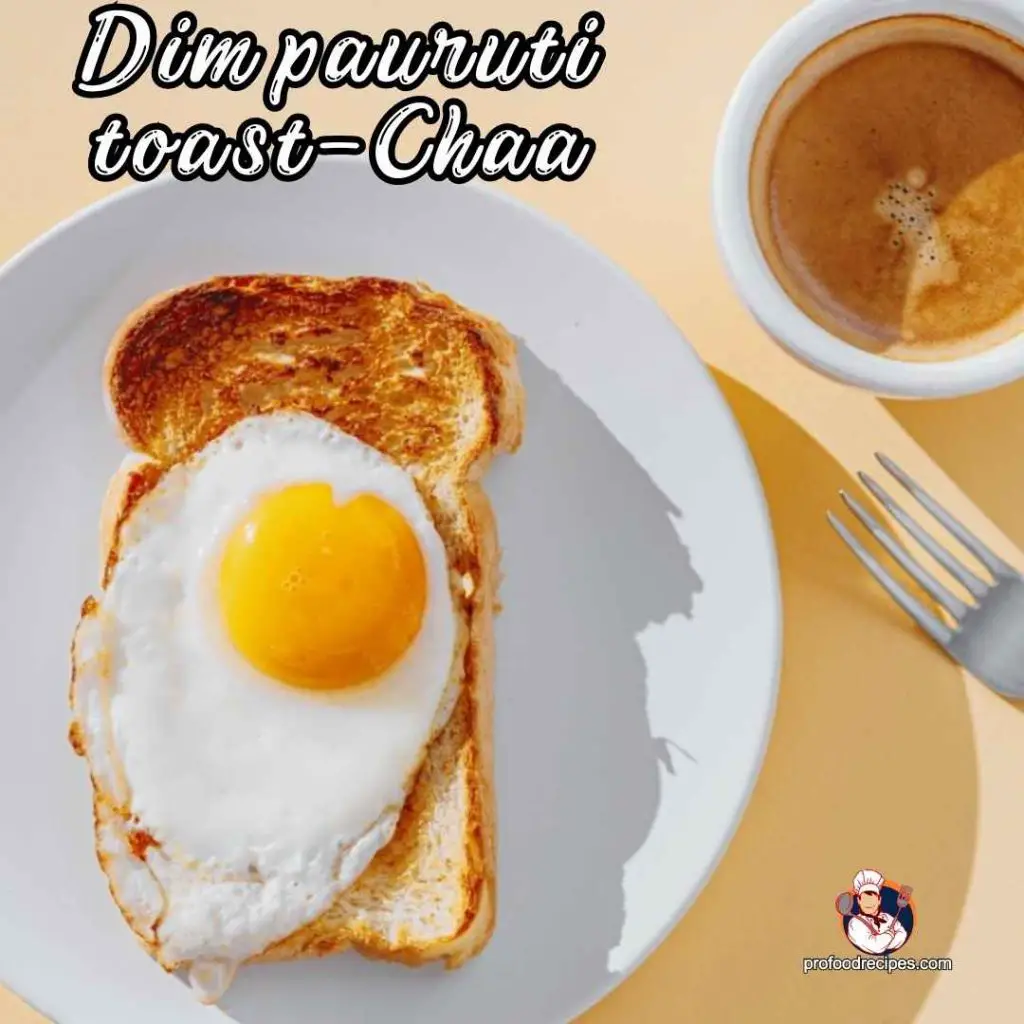
This is the most common combination that every Bengali home can often be seen at breakfast. It’s a combo where bread slices are toasted and topped with a fried egg (dim) and spices.
With this flavorful and filling option, while you take a sip of hot chaa/tea, it will make your day. Bengalis enjoy it as a hearty and energizing start to the day.
Nutrition Fact 100 g 1 serving of Dim Pauruti toast = 400-450 calories. 1 cup (240 ml) of typical tea has 2 calories.
10. Muri Ghonto
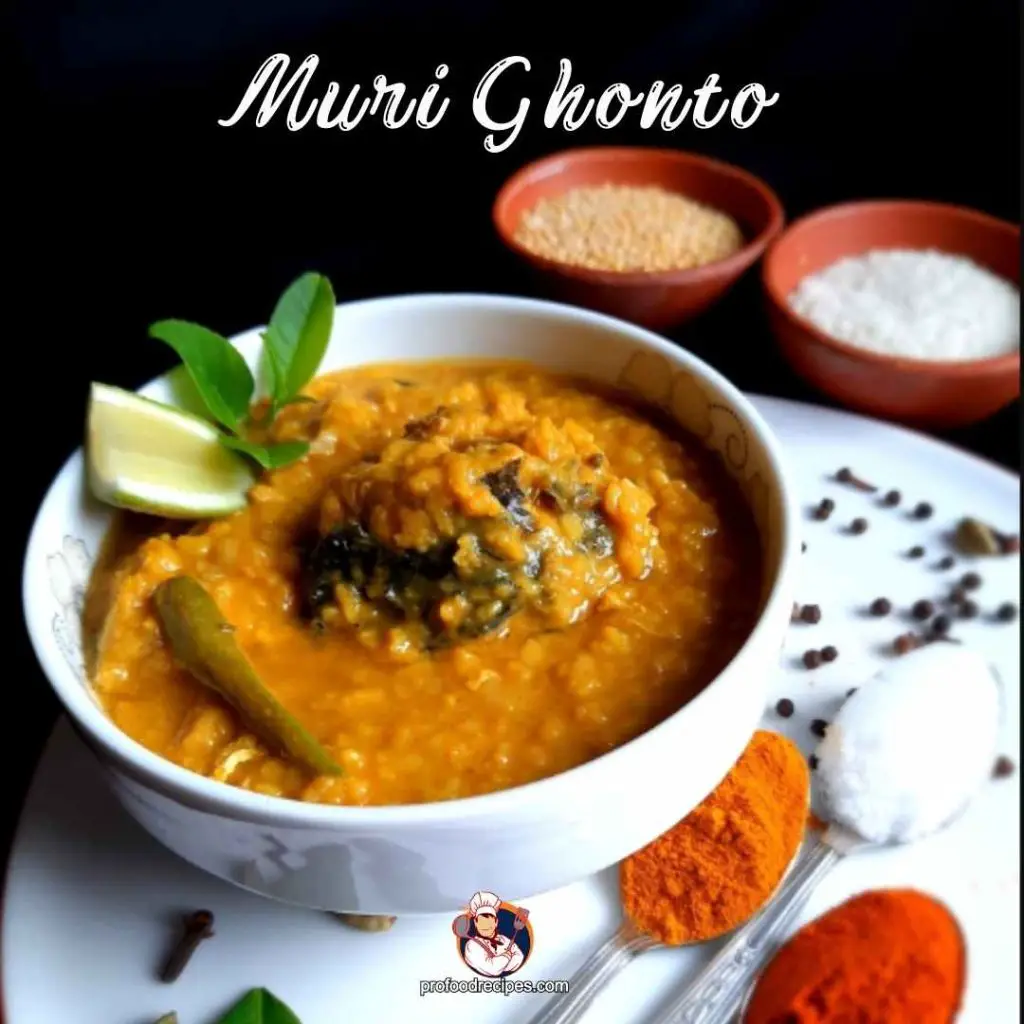
Muri Ghonto is a classic dish that certain regions of Bengal take for their breakfast and as a side dish at lunch or dinner. This recipe pairs puffed rice with various spices, veggies, and occasionally fish or meat.
To enhance its flavor, you can include some coconut milk also. However, you can enjoy this aromatic, flavorful dish with Luchi or roti.
Nutrition Fact 1 cup Muri Ghonto = around 150 Calories.
11. Sabzi Roti
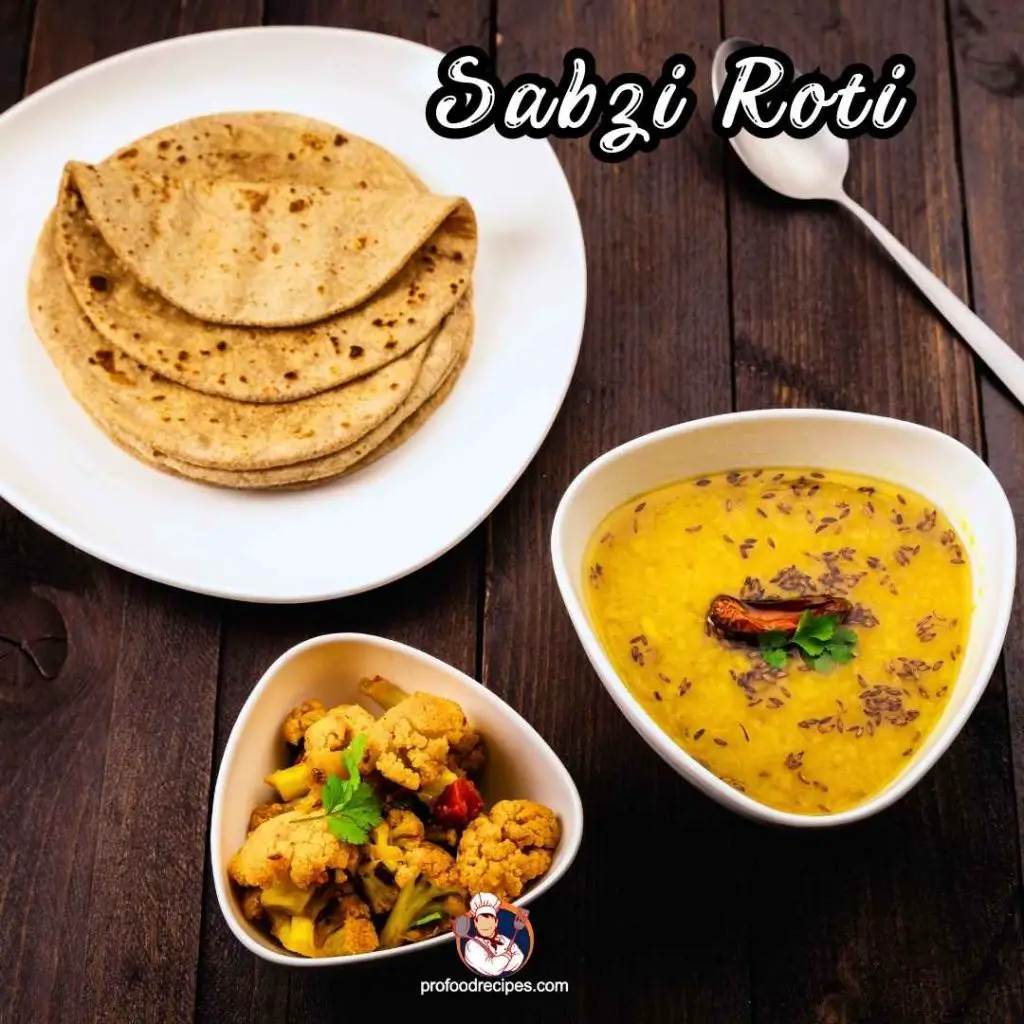
It is a common and simple breakfast recipe Bengali usually takes. The sabzi refers to a combination of vegetable-based curry. And roti is simply flour-made flattened bread. This light meal is the perfect choice for breakfast. It is nutritious also as here you can include many green and fresh vegetables such as peas, cauliflower, potatoes, etc.
1/2 whole wheat roti and this tangy healthy vegetable bhaji are a great healthy breakfast combo to start an energetic day.
Nutritional Fact 1 bowl of sabzi and 1 roti = 220 calories.
12. Panta Bhaat
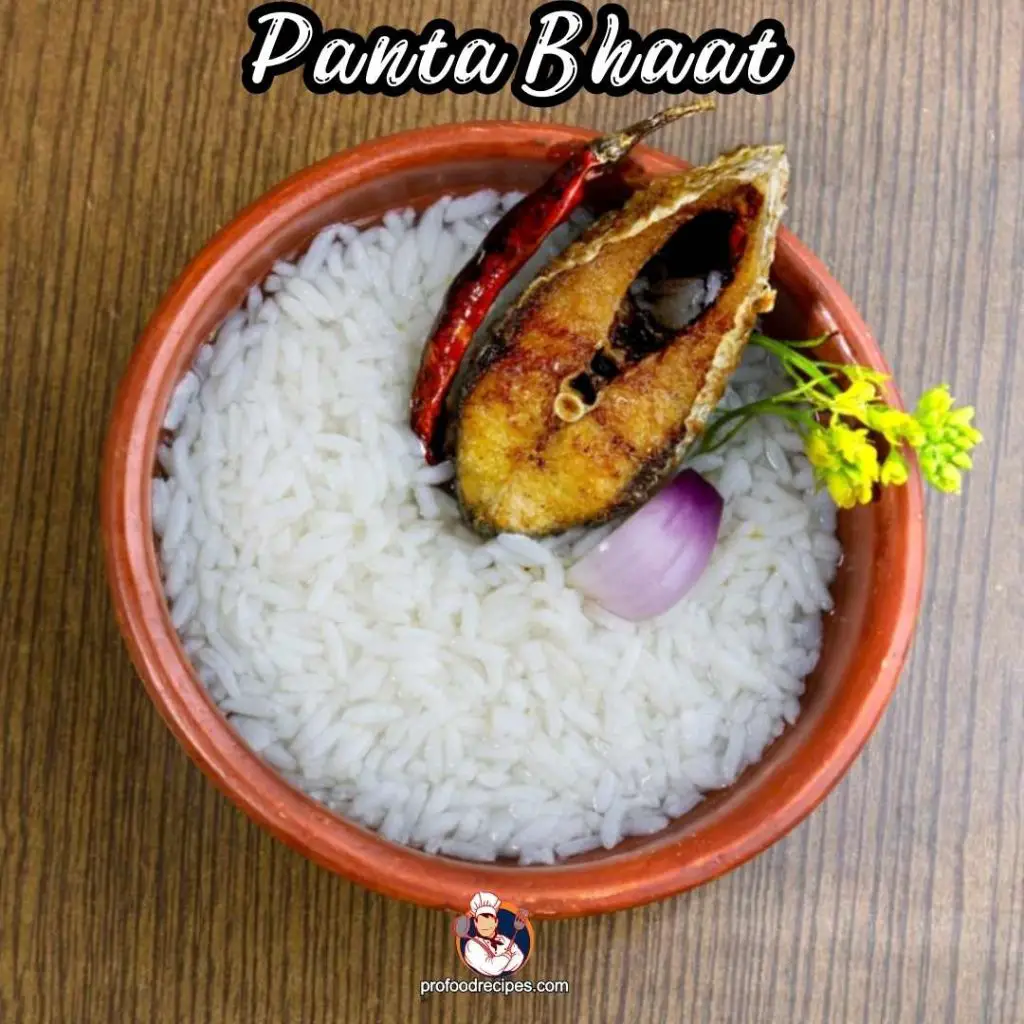
Panta Bhaat is a mentionable Bengali traditional dish famous throughout Eastern India. On Pahela Boishakh, Bengalis traditionally eat it with Hilsa at their breakfast.
It is made from leftover cooked rice by absorbing water and slightly fermenting. This soft and tangy textured dish is commonly taken at breakfast.
It is often said that it offers essential bacteria and probiotics during the summer months. Thus they promote gut health, cooling the body, and proper digestion.
Nutrition Fact 1 small bowl of Panta Bhaat = 48 kcal
13. Singara

Another popular delicacy that Bengali love at their breakfast menu or snack time is Singara. A delightful combination of potato and aromatic spices that wraps with flour and is shaped as unique textured.
This savory-filled crispy-crust dish is made by deep-frying. Even Bengali eat this satisfying snack as a festive meal on different occasions.
At your breakfast, you can serve it with cha/tea, ketchup, chutney, salad, or aloo dum. The combo will fulfill your morning appetite and carbohydrate demand fluently.
Nutrition Fact 1 Singara can = 150-200 calories and 20-30 gm carbohydrates, depending on the ingredients.
14. Porota
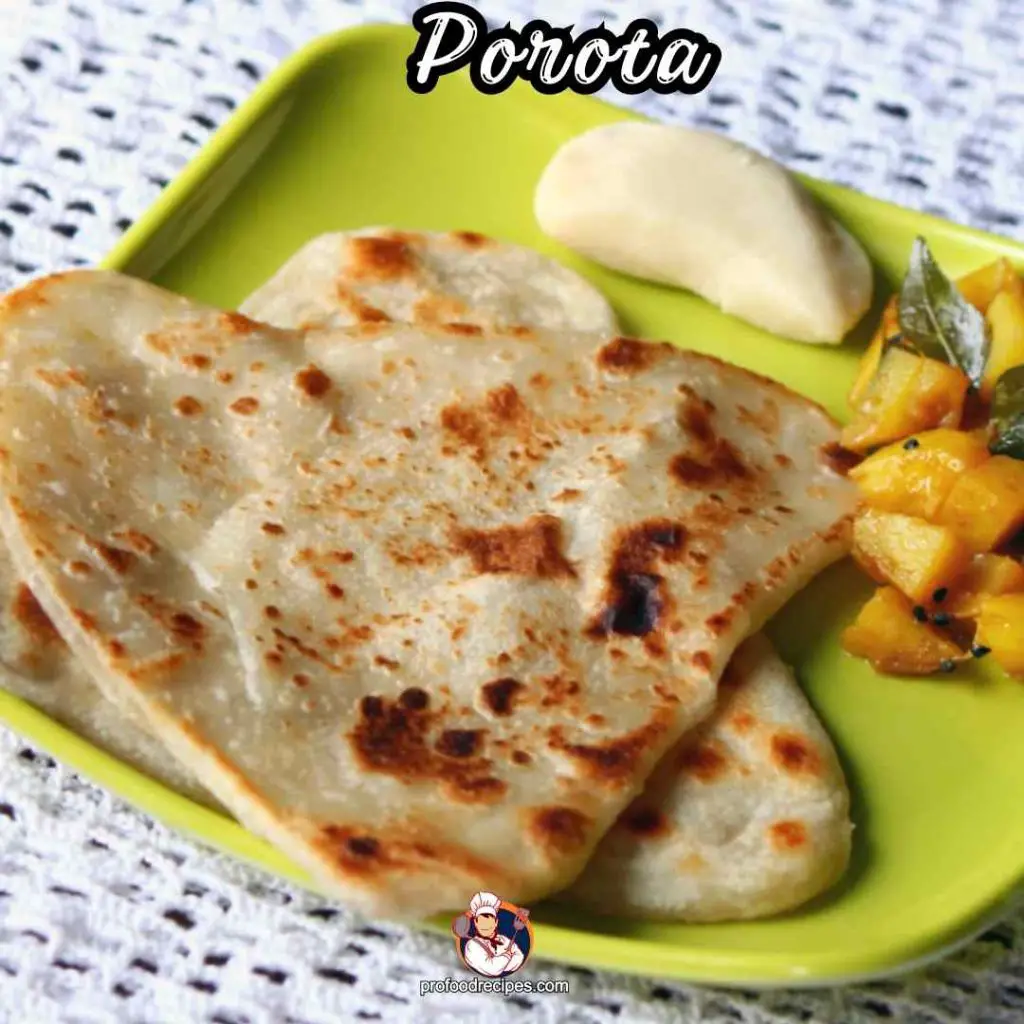
Porota may not be a traditional or old part of Bengali cuisine. Still, nowadays, due to cultural influences and regional variations, it has been found as most often served breakfast at Bengali homes. By analyzing its popularity, you can’t detach it from Bengali cuisine.
Porota is just simply flour made of layered, flaky bread. Both sides are deep-fried in oil until crisp and golden brown. Then, you can serve it with egg bhaji, alur tarkari or vegetable bhaji.
Nutrition Fact 1 paratha = 258 calories.
15. Payesh Puri
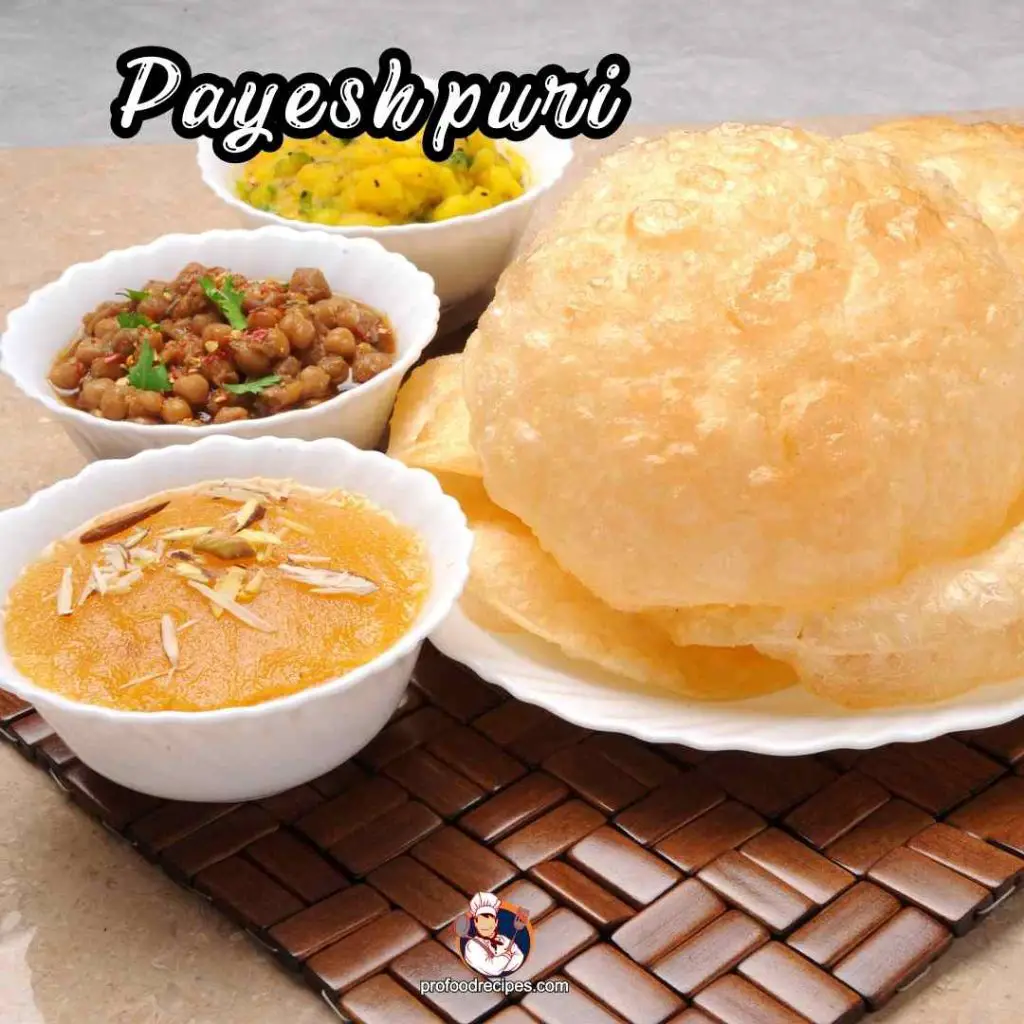
Payesh with hot, soft, and flaky puri is one of the festive Bengali breakfast menus. Bengalis prioritize this dish on religious or cultural occasions to add sweetness to the breakfast menus. This rice pudding’s wonderful milky sweetness is just amazing as a desert.
However, this combo dish offers a delightful packed with energy, crucial nutrients, digestion support, calcium for bone health, antioxidants, and a comforting sense of satisfaction and tradition.
Nutrition Fact 1 Serving of Payesh = 235 calories.
16. Suji Halwa
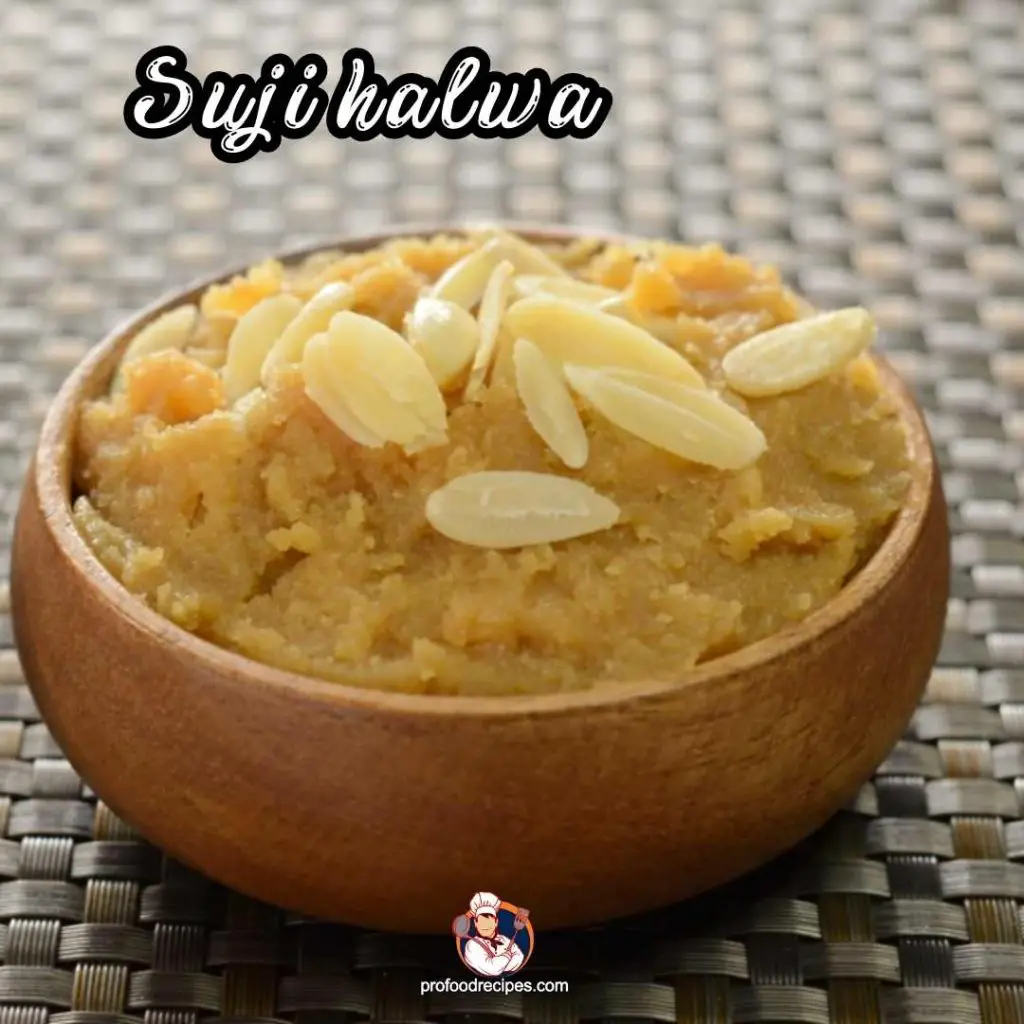
One of the popular delicacies in Bengali cuisine is suji halwa. It is created by roasting semolina in ghee/clarified butter, boiling it with sugar and water, flavoring it with cardamom, and occasionally adding nuts as a garnish. Bengalis usually eat this dish with Luchi or Puri.
Nutrition Fact 1 bowl of Suji halwa = 620 calories.
17. Patishapta
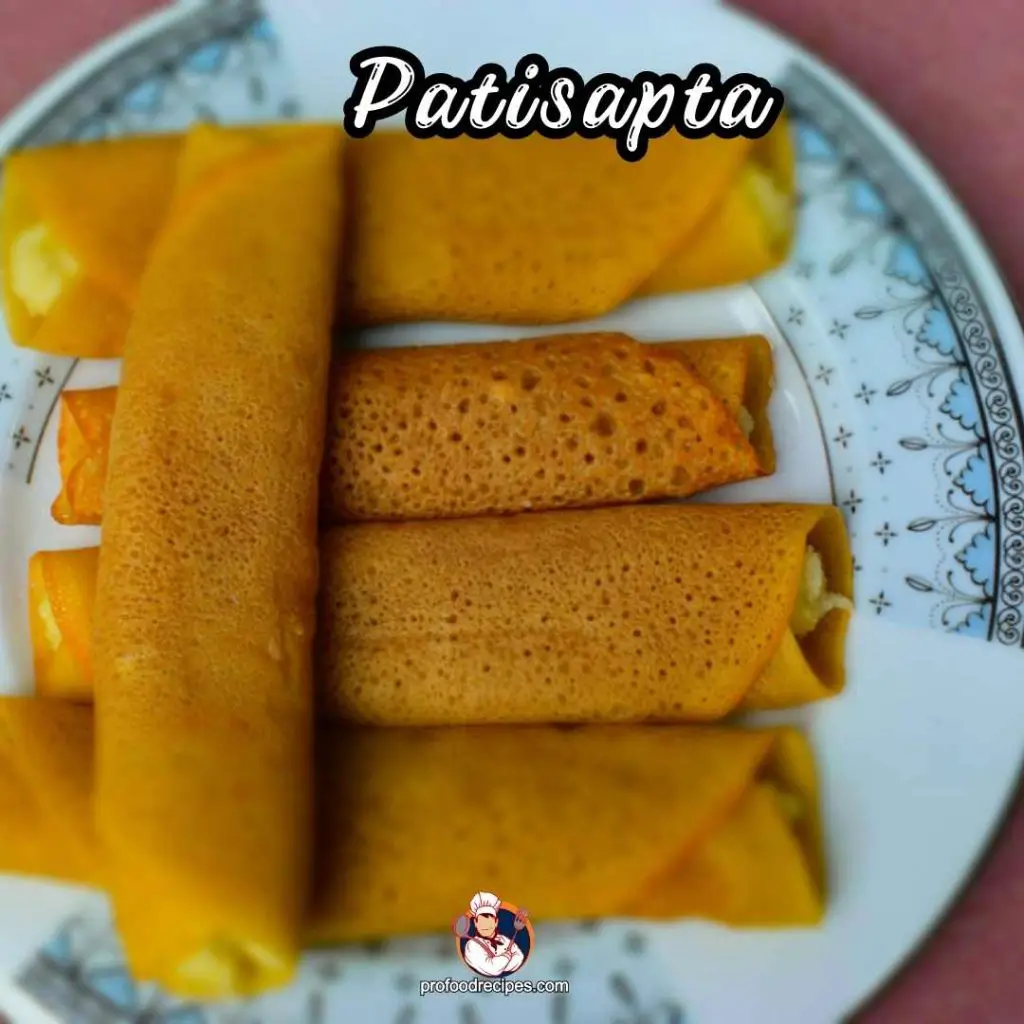
A type of sweet crepe made with rice flour and refined flour batter, filled with a sweet coconut or jaggery-based filling, is Patishapta. Bengali typically enjoy this sweet dish in winter breakfast, particularly most popular during festivals like Makar Sankranti and Poush Parbon.
You can serve this Patishapta with nolen gur, Payesh, or sweetened condensed milk.
Nutrition Fact 1 roll Patishapta = 150-200 calories.
Read More:
Healthy Bengali Breakfast Recipes
Above all, they are great options for a traditional Bengali breakfast, but ghugni is my favorite and the one I’ve made the most often. It’s a Bengali breakfast that’s low in carbs and heavy in protein. It’s effective at decreasing fat stores as well. Here is my preferred ghugni recipe; I guarantee you’ll be hooked if you try.

Ghugni
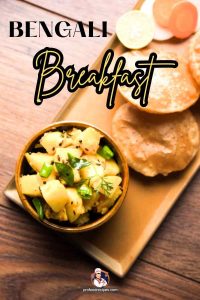
In the country's eastern region, in the states of West Bengal, Bihar, and Odisha, ghugni is a staple food. The main ingredient in this vegetarian cuisine is dried white or yellow peas, while additional legumes like black-eyed peas or chickpeas are sometimes included in regional variations.
Type: Breakfast
Cuisine: Indian, West Bengal
Keywords: Ghugni
Recipe Yield: 4-5
Calories: 237 calories
Preparation Time: 20-30 Minutes
Cooking Time: 1 Hour
Total Time: 1 and 20 Minutes
Recipe Ingredients:
- Potatoes: 50g
- White Yellow Peas( Motor Dal): 200g
- Tomatoes (diced): 50g
- Onion (Thinly sliced): 100g
- Salt: 22g
- Green Chilies: 7 g
- Dried Red Chili: 2 pc
- Kashmiri Red chili Powder: 3g
- Turmeric powder: 4g
- Mustard Oil: 15g
- Bay Leaf: 2
- Cardamom: 2
- Cinnamon: 1
- Cumin Seeds: ½ tsp
- Cumin Powder: 3g
- Coriander Powder: 3g
- Cloves: 2
- Garlic: 4g
- Ginger paste: 40g
- Sugar: 20g
- Coconut (Thinly sliced): 10g
- Ghee (clarified butter): 5g
Recipe Instructions:
Ghugni Recipe:
- The White Yellow Peas need to be soaked in water for at least 12 hours, preferably overnight. Get rid of the excess water and place it in a saucepan.
- Throw in an onion, 10g salt, and 80 ml of water to cook white and yellow peas in a saucepan. Cook the dal, covered, over low heat until it is tender but not broken. So, watch it closely so it doesn't fall apart. When the dal has been cooked, strain it and reserve the cooking water.
- Cube the potatoes to a size of 1.5 centimeters, slice the onion and coconut and dice the tomato. Use a pestle and mortar to mash the garlic and green chilies into a paste.
- Melt 5 grams of ghee in a skillet with 15 grams of mustard oil over medium heat. Fry the coconut slices till golden brown while the oil is hot. Remove them from the oil and put them in a separate bowl. Temper the oil with cardamom, dried red chilies, and cumin seeds. Cinnamon, cloves, and bay leaves.
- Toss the onions in with the rest of the spices once they begin to sizzle, and heat until they become brown. In a little over 6 minutes, this should be completed. Wait three minutes after browning the potatoes before throwing in the tomatoes. For about 2 minutes, cook the tomatoes until they are mushy.
- Combine the garlic-green-chile paste and the ginger paste and add to the dish. Allow to fry for around 3 minutes. In the meantime, combine 100 g water with the coriander powder, Kashmiri red chili powder, cumin powder, and turmeric powder to create a paste. Add it to the pan.
- Cook until the raw spice aroma disappears. You can expect this to take 8-10 minutes. Fry the spices without stopping to add any of the reserved dal water if they start to dry out.
- When the oils from the spices have begun to release, add the motor dal that has been boiled. Combine the conserved water with the spices and simmer for two minutes.
- Increase the heat and season with the remaining salt and sugar. The curry has to boil rapidly for around 6 minutes to reduce its liquid content. Mix in the fried coconut and two slit green chilies. Cover it and take a two-minute break.
- To finish, sprinkle on some chopped onions, chopped green chilies, and a dollop of tamarind pulp. Serve Hot!
4.9
FAQs
What is the Famous Bengali Meal?
Bengali’s favorite, popular, and cultural meal is “Macher Jhol and Bhaat” (Fish Curry and Rice). This dish is like their culinary identity. Some other famous meals are Shorshe Ilish, Shorshe Bata Maach, Chingri Macher Malai Curry, Kosha Mangsho, and particular fame for Bengali thali. In sweet, Bengali’s famous option is Roshogulla and Rajbhog.
What is Bengali’s Original Food?
Below are some incredible tasty foods that originate from Bengali cuisine.
· Kosha Mangsho
· Aloo Posto
· Chingri Macher Malai Curry
· Shorshe Bata Maach
· Shorisha pabda
· Doi Maach
· Bhapa Doi
· Dhokar dalna
· Cholar dal
· Shorshe bhetki
· Paturi
· Shorshe Narkel chingri
· Misty pulao
What is Bengali Eating Etiquette?
Bengali has some cultural eating etiquette that they still follow. They are:
1. Using the right hand
2. Sharing food
3. Serving the eldest/respected person or guests first
4. Following a traditional eating sequence
5. Handwashing before and after the meal
6. Avoiding Burping at the dining table
7. Taking blessings from elders before starting a meal
Is the Bengali Diet Healthy?
Yes, the recipes of Bengali cuisine are great sources of vitamins, proteins, minerals, fiber, calories, and carbohydrates. But as some dishes are made in high oil and sugar. So you need to care whether you are taking over calories than your need.
What Are the Basic Manners of Eating?
A person needs to follow basic manners when eating food with others at the dining table.
· Using utensils properly
· Chewing with a closed mouth
· Using napkins
· Avoiding talking with food
· Being mindful of other’s personal space
· Being considerate
· Being respectful of cultural practices
· Using polite language and Showing gratitude
Is Bengali Food the Spiciest?
Bengali food comparably isn’t known for being the spiciest cuisine, but some savory recipes comprise too much heat. Green chilies, red chilies, and different heated spices make these food spicy and tangy. Some extra heat dishes of Bengali cuisine are kacha Longka Murgi, Jhal muri, naga Morich-Torkari, Shorshe Chingri Bhapa, etc.
Final Verdict
The tastes and gastronomic delights on the Bengali Breakfast Menu are endless. The diverse range of dishes, from spicy and savory to sweet and comforting, offers something special for everyone.
Whether you indulge in the flaky goodness of Koraishutir Kochuri, the tantalizing Ghugni, or the aromatic Chirer Polao, Bengali breakfasts are a feast for the senses. The 17 foods mentioned above will astonish you.
So, whether you’re a Bengali food enthusiast or simply looking to explore new flavors, the breakfast menu is a must-try for a truly satisfying and flavorful start to your day.
You May Also Like to Read:
- Indian Street Food
- What Food is California Famous for?
- Healthy Chinese Food Recipes
- South American Food Recipes
- Mexican Christmas Desserts


Fantastic blog on the Traditional Bengali Breakfast menu! Your vivid descriptions and mouthwatering details make me want to explore these flavors firsthand. Thanks for sharing the richness of Bengali breakfast traditions – a delightful read!